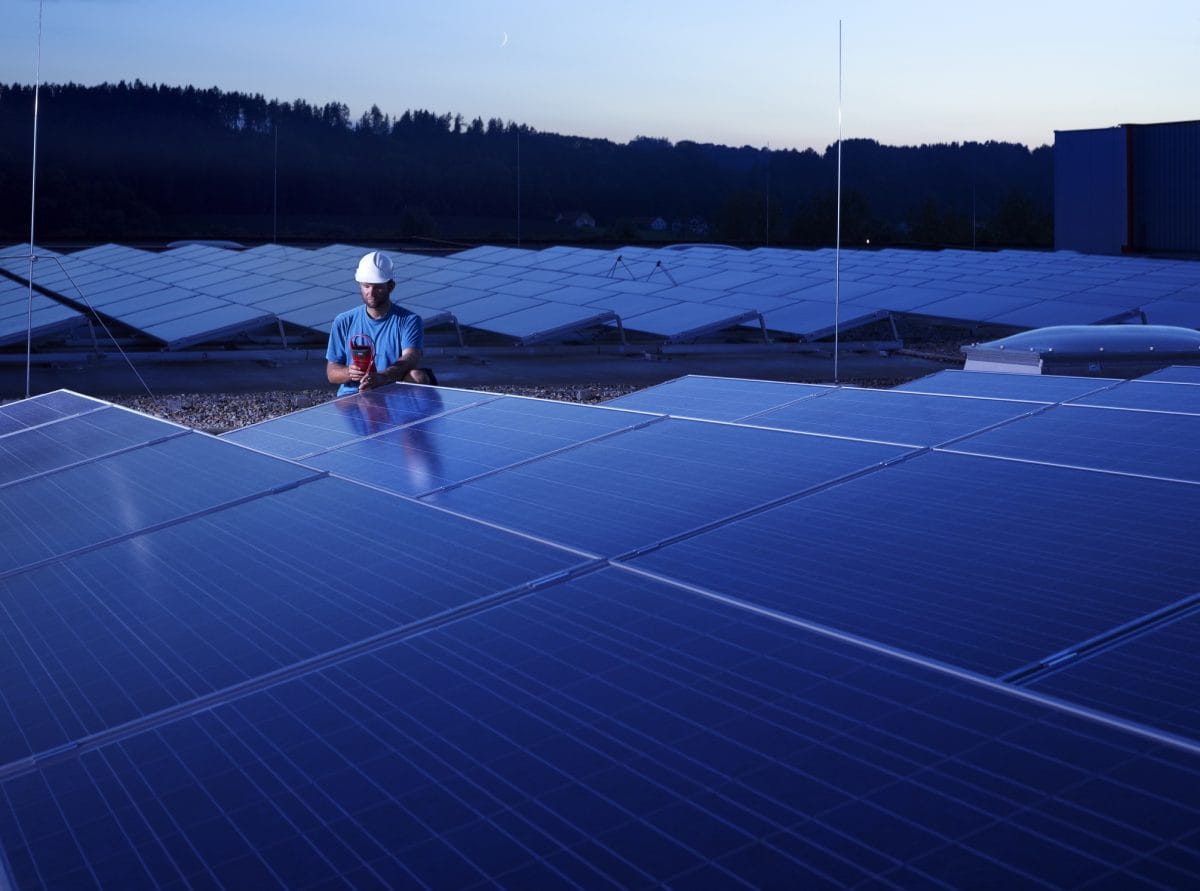
The balancing act: Trading renewables in Europe and beyond
The balancing act
Trading in renewable power is beginning a dynamic new era, as we see the rapid adoption of intermittent renewable energy sources, like wind and solar, across global markets. According to the International Energy Agency (IEA), global annual renewable capacity additions increased by almost 50% to nearly 510 gigawatts (GW) in 2023, the fastest growth rate in the past two decades.
Increases in renewable capacity in Europe, the United States and Brazil hit all-time highs, but China’s acceleration was remarkable. In 2023, it commissioned as much solar infrastructure as the rest of the world did in 2022, while its wind additions also grew by 66% year-on-year.
The clean energy transition is driving this boom in renewable power, but we haven’t yet seen a fraction of the renewables that must be added if countries are to meet their net zero obligations. At COP28 in December, more than 130 national governments, including the EU, agreed to work together to triple the world’s installed renewable energy capacity to at least 11,000 GW by 2030.
This demonstrates the extraordinary shift in power markets that’s underway; these fundamentals are expected to lead to a decline in energy prices in the long term but are already creating a much more volatile power-pricing environment. As renewables penetrate deeper, we’re seeing the growth of short-term power trading markets (characterised by ‘day ahead’ and intraday spot trading and short-term futures).
This short-term power trading is essential to balance electricity grids that are becoming increasingly reliant on intermittent energy sources like wind and solar. It’s growing rapidly in the EU, in particular, where renewables now make up more than 40% of the energy mix. We’ve also seen the global growth of instruments like power purchase agreements (PPAs), which indicate a growing market sophistication. PPAs enable important stability of revenue streams for energy asset owners and a clear path to decarbonisation for the corporate off-takers.
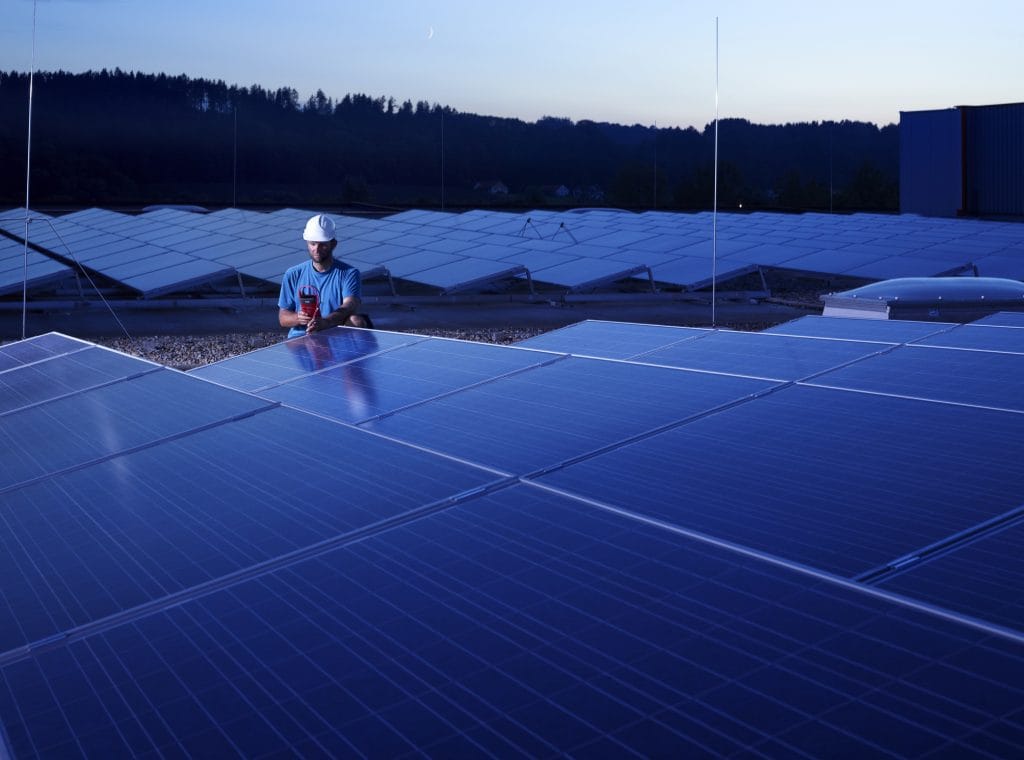
Choosing the right trading strategy
With the right trading strategy, the opportunities in these markets are clear. However, there are significant challenges ahead if renewable power is to meet global demand, not least solving the electricity storage problem and improving infrastructure and grid integration. Renewables trading will play an important role in overcoming these obstacles as the shift to clean energy accelerates. Warehousing risk for market participants, providing liquidity and efficient price discovery won’t just be fundamental for keeping the lights on but also for driving capital allocation into new technologies that unlock the potential of renewables.
“There are several promising tools to reduce our carbon footprint, whether through alternative technologies, trading, creating offsets or carbon capture. The key is that they all need to play a role, and the only way we get close to net zero is by exploiting all these opportunities in parallel. The exciting thing is that commodities trading sits at the intersection of all of them.”
- Namesh Hansjee, Head of Trading, Engelhart
Balancing renewables
The growing adoption of renewable energy is reshaping the electricity supply market, leading to a decline in the dominance of fossil fuels and, to an extent, nuclear power.
Decarbonisation is driving decentralisation in power markets. Vertically integrated energy companies running large-scale power plants are being replaced by multiple new market participants, including small independent suppliers providing renewables.
However, there are two basic differences in the fundamental nature of renewable energy sources, particularly wind and solar, which are changing how market participants approach power markets:
- Negligible operating costs
Unlike fossil fuel power generation, wind and solar generating assets have low operating costs. There are no fuel costs, and the only ongoing expense is for maintenance.
- Intermittency
Intermittency is the primary challenge facing renewable energy sources. When the sun isn’t shining, or the wind isn’t blowing, solar and wind farms can’t produce electricity. This unpredictability can lead to imbalances in the electricity grid. Electricity generated from fossil fuels or nuclear power has the advantage of being dispatchable, meaning it can be controlled and adjusted based on demand.
Decarbonisation is driving decentralisation in power markets
Balancing these two differences has required traditional power markets to adapt quickly. Large volumes of low-cost renewable energy have led to frequent drops in energy prices, sometimes even below zero, as seen in the German market last year. Intermittency also causes challenges, particularly during peak demand or unexpected weather conditions, leading to sharp price spikes.
We’re also seeing transmission constraints in many markets, most notably China. As renewables depend on favourable geography and topography, power-generating assets have often positioned some distance away from where the power is needed and then rely on ageing grid infrastructure to reach the end consumer.
Consequently, the integration of renewables is creating increased volatility in global power markets, with lower average prices but higher peaks. On the one hand, this is generating greater potential arbitrage opportunities for traders but also much more risk exposure, which needs to be managed.
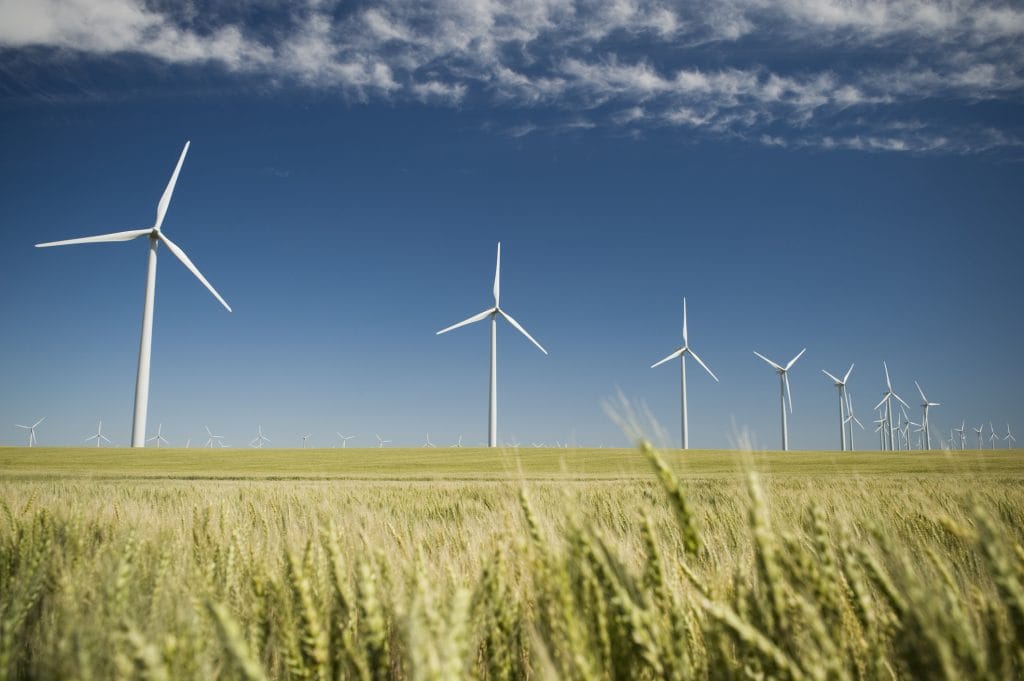
Purchase power agreements (PPAs)
The greater risk exposure associated with renewables is mitigated by the growth of PPAs, which allow producers and consumers to hedge against future price volatility. PPAs are long-term electricity supply agreements between two parties, usually between a power producer and a customer (sometimes a corporate organisation that needs renewable energy to meet its ESG requirements).
The U.S. has the largest market for PPAs, and Europe has the fastest-growing, with European PPA volumes increasing 74% year-on-year in 2023, according to recent research from BloombergNEF. That research also identified the fact that PPAs are becoming more accessible in new markets, including in the Asia-Pacific region. The report noted that South Korea’s PPA market has significant potential for exponential growth in the years ahead. Renewable power producers need PPAs to guarantee a revenue stream for their assets to secure capital investment for their development, but in their standard form, they don’t address the intermittency and storage challenges inherent in renewables.
The greater risk exposure associated with renewables is mitigated by the growth of PPAs
However, the market for battery energy storage systems (BESS) to help store renewable energy and balance the grid is responding at pace. McKinsey & Company estimate that the global BESS market will reach between $120 billion and $150 billion by 2030, more than double its size in 2023. Many of these BESSs are standalone projects, but the next generation will almost certainly include the co-location of renewable assets with storage.
That’s why we have seen the emergence of new hybrid Power Purchase Agreements (hPPAs). These contracts are still in their nascent stage but involve the customer paying a lower rate for solar power whilst agreeing to a payment structure with the provider for the storage component.
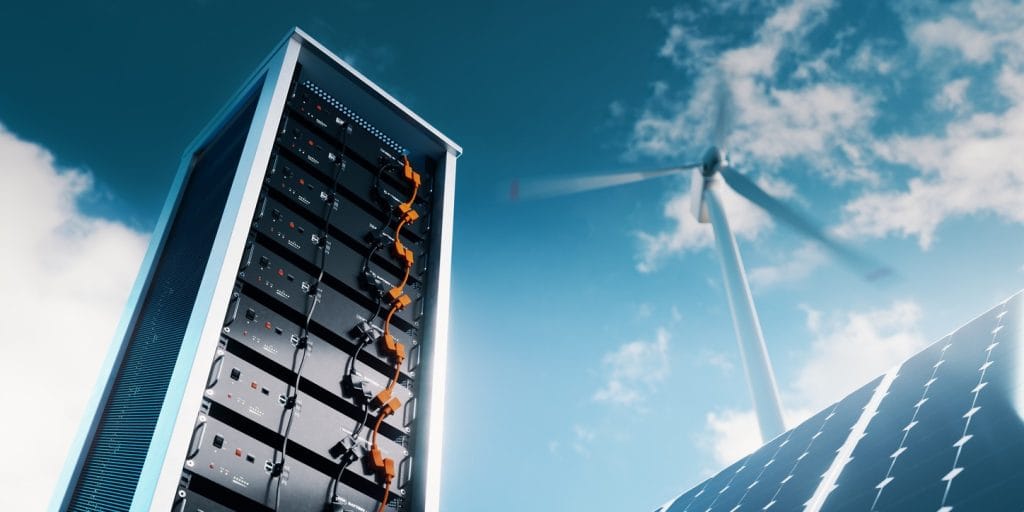
Growth in renewables trading
Europe is leading the way in renewable power trading. As with the creation of the EU Emission Trading Scheme (EU ETS), the EU’s unique political structure and geography means a substantial integrated internal energy market has emerged since the liberalisation of electricity markets in the 90s.
Europe’s highly interconnected grid has enabled cross-border power trading, improving the balancing of supply and demand across the continent and allowing the EU to set ambitious renewable energy targets.
The revised EU Renewable Energy Directive, which came into force in November 2023, raises its binding target for 2030 to a minimum of 42.5%, up from the previous 32% target, with the aspiration to reach 45%.
These new targets have had an immediate effect on short-term power trading. Already this year, we’ve seen extremely strong trading volume for European power derivatives on the European Energy Exchange AG (EEX), Europe’s largest energy trading platform. An 88% increase YoY in January has been attributed to the growing number of market participants trading renewable power.
Despite leading the way in building renewable assets, China’s renewable energy markets are still at an early stage, but there has been recent growth in the trading of Green Energy Certificates (GEC) and efforts by the Chinese government to reform the country’s green power trading pilot schemes.
We would expect renewables trading volumes to grow rapidly there, in line with the continued extraordinary growth in renewable power capacity in China.
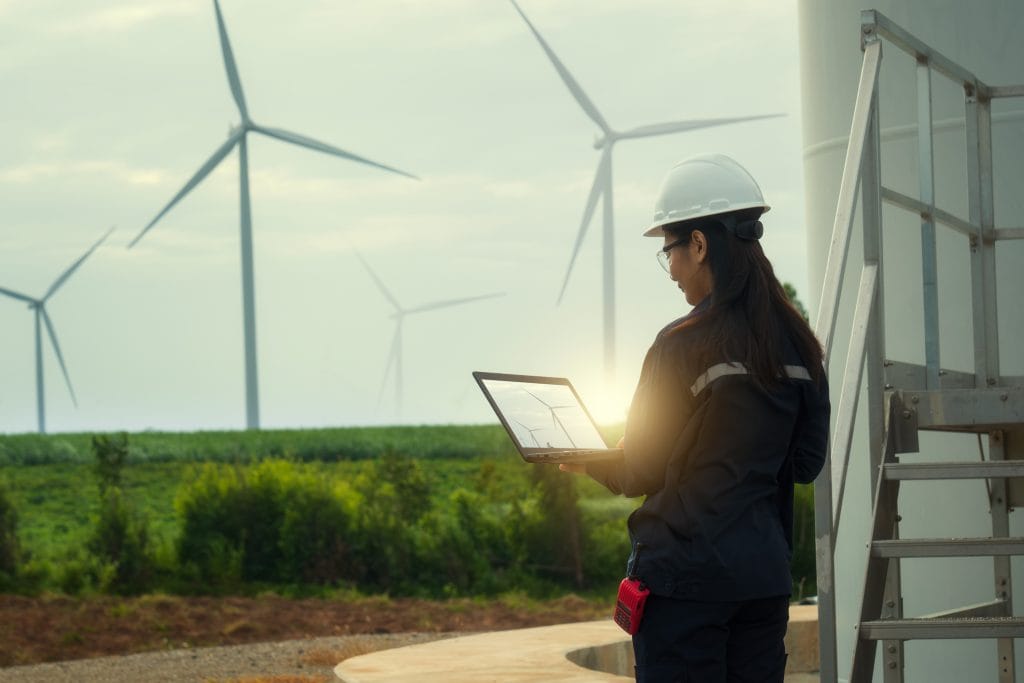
The evolution of power trading skills
Renewables are radically changing energy trading dynamics. They also demand a new set of skills from traders. Rather than selling or buying power for delivery months or even years in advance, as traditionally happened in energy markets, now power traders are often looking to the next 15 or 30 minutes.
Trading desks now need a deeper understanding of meteorological patterns, advanced data analytics for predicting energy supply fluctuations, and a keen sense of market dynamics influenced by these renewable sources.
Additionally, traders need to have greater agility to manage the increased volatility and price variability in the market, along with proficiency in navigating regulatory changes and environmental policies that impact renewable energy trading.
We’ve also seen algorithmic trading gaining more and more traction in energy markets; Mark Keenan, our Head of Commodity Research and Strategy, told us recently that many of the largest traders of TTF (Dutch natural gas futures) in Europe are mostly algorithmic intraday trend market participants.
Read Mark’s interview in full here.
The changing market dynamics we’ve discussed in this edition of ‘The Commodity Perspective’ are also making manual trading more of a challenge. An increase in the need for quicker decision-making, using more and more complex datasets, will likely lead traders to seek more automation in the future.
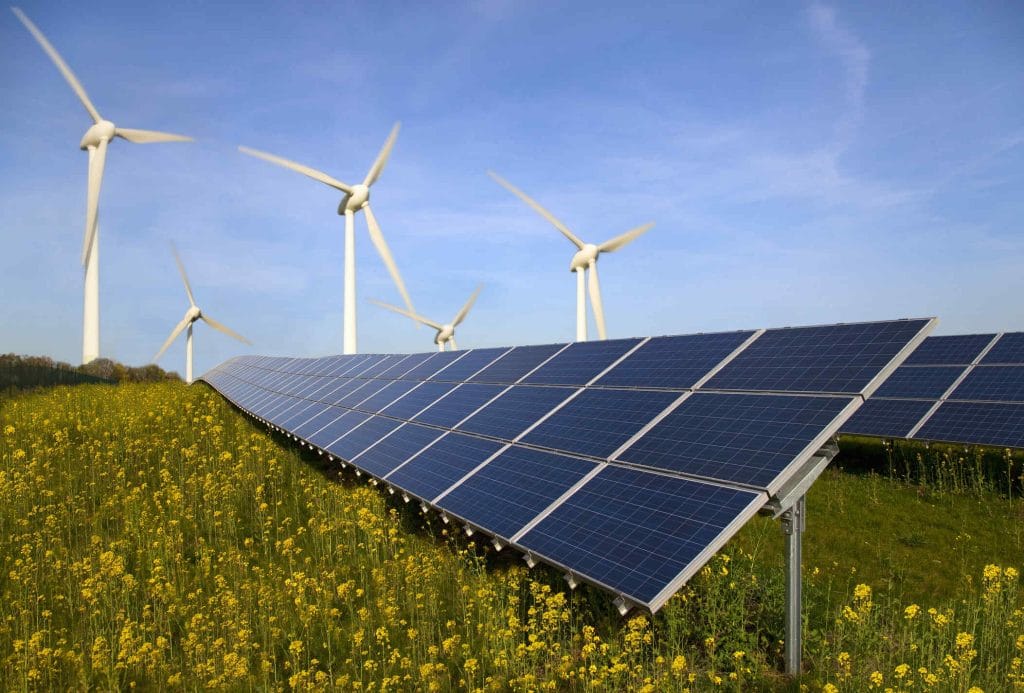
The European energy crisis in 2022 underlined just how interconnected and fragile the world’s energy markets are. The extreme volatility that emerged from that crisis represents the ‘new normal’ for power markets as renewables penetrate deeper and the infrastructure plays catch-up.
The shift to weather-dependent renewables is a pre-requisite to reaching net zero, but it’s also fundamentally changing energy markets that had remained static for generations. Within this new dynamic landscape, both threats and opportunities coexist, and it will take a great deal of agility and flexibility to navigate successfully.
This shift requires not only advancements in energy storage and grid technology but also a rethinking of trading strategies.
There are opportunities for new market entrants and the development of novel financial instruments and trading products. Energy companies and traders who can quickly adapt to these changes, leveraging data analytics and automation, will be best positioned to capitalise.
